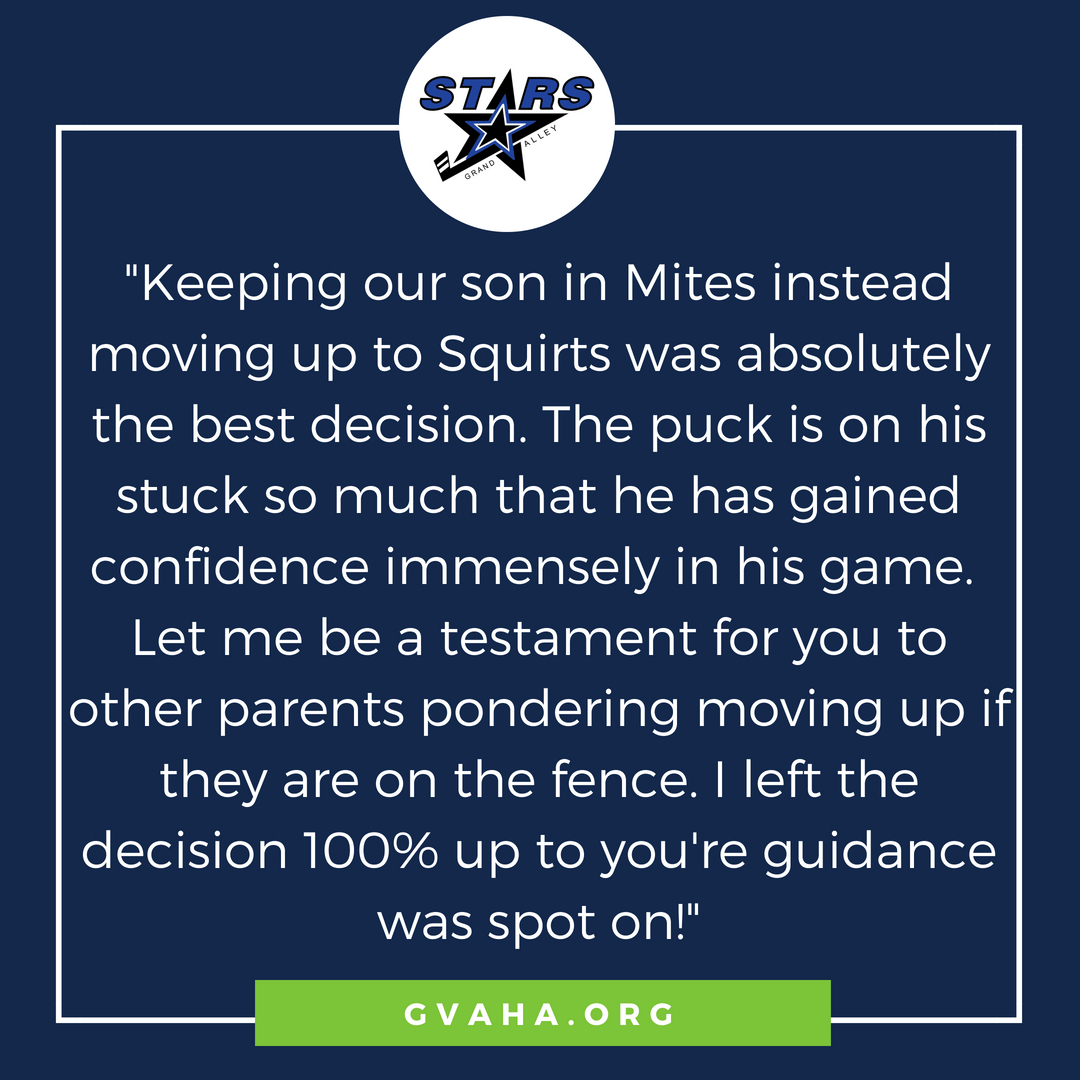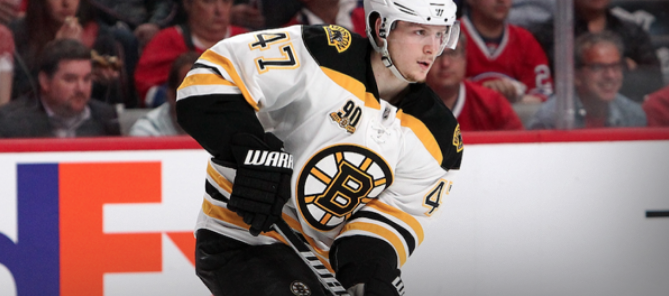Hockey Development Philosophies of GVAHA
Hockey Directors Coach Joel Breazeale and Coach Jack Williams share their development philosophies that they have adopted over time as coaches and hockey directors.
—
As always, each circumstance is different, however for the overwhelming majority of cases, we believe the following to be in the best interest for long-term athlete development. This is based upon our lifetime in hockey as players and coaches as well as the support from sports science:
The number one thing to remember is to Not be in a Rush!
Every player develops at different rates and it’s not where you begin your journey, or where you’re at presently, it’s where you finish and if the athlete knows they have given their best effort throughout their journey.
Regardless of age, be in a spot where you will play and contribute regularly.
I know many parents (and coaches) love to express the opinion that an athlete who is forced to play above their ability level will eventually rise to that level. This simply is not founded in fact. As parents we all want our children to learn the importance of hard work, however working hard can be taught in any environment that provides solid coaching and supportive parents. There’s a difference between working hard and simply trying to keep your head above water. Collegiate and professional athletes reach their level for lots of reasons, but one commonality is that all had the opportunity to play and contribute often at an appropriate level for their abilities. For developing hockey players, the opportunity to carry and make plays with the puck is what our players need most at young ages. Their window for developing these critical skills narrows as they get older. It is much more difficult for a player who is constantly chasing the puck to develop exceptional puck and decision making skills that are necessary at the highest levels of our game.
Cross Ice and Mite players:
It has been our philosophy in almost every circumstance to recommend that an 8U player develop at the 8U level vs. moving them up early say to 10U (Squirt). This is the same option we give to players who may be 9 years of age but may be better served to gain confidence with the puck by playing 8U vs. making a jump to 10U.
Allowing a player the opportunity to develop supreme confidence with the puck and to experiment at a more modest pace can reap huge dividends years down the road. Coach Williams and my perspective on this is simple, it’s better to play and develop a high level of confidence with the puck when younger and forego one season of 10u, so that the following year that same player will enjoy a highly successful year at 10u and years down the road.
Squirts 10U & Pee Wee 12U
At these ages, decisions can become cloudy. Should my son/daughter be playing travel? If travel, should they play AAA, AA, or A if given the opportunity? For many parents, the anxiety of what is best becomes a constant. That should not be the case, but it is understandable, each parent wants what they perceive will be the best opportunity for their child. Again, there are no one-size fits all, however in most cases there is a realistic and well-grounded approach towards development.
At 10U, we make it easy here at GVAHA…there is no 10U travel. There is no redeeming long-term benefit for such a young athlete playing travel hockey. For those few highly advanced players who in the short-term a travel atmosphere maybe appealing, they rarely are the ones dominating the game 4-6 years down the road. So what’s the benefit? Those early advanced players are typically also early maturers, who benefit physically over their peer group and once their peers catch up physically, the separation is minimalized. So, in many respects if that same “high-end” 10u player is allowed to develop their exceptional puck skills at a house level, they may continue to be a stand-out years down the road when everyone else has caught them physically, but because they have supreme confidence with the puck and making decisions, they are still a step ahead of many of their peer group and have the abilities to continue to dominate their game.
The biggest challenge Coach Williams and myself find in this process is the trust and faith it takes for parents to have in providing our advice about not being in a rush to reach the next level. Here is a recent testimonial from a parent who took our recommendations to stay at Mites one more year:

Lastly, parents and coaches both need to remember that a child’s athletic experience should be fun and focused on the development of skills and confidence. Too often we as parents get caught up in a race to see how quickly our young athletes can play at the next level, not realizing that some significant social and physical development steps are being skipped along the way. It’s our experience that those skipped steps will sadly come back to work against that athlete when they need it most.
Below is a link to a recent article published by USA Hockey that we encourage you to read. Krug admits he moved up too quickly as a youth hockey player and gives some great perspective for parents and hockey players to consider. https://www.admkids.com/news_article/show/907319?referrer_id
We encourage any of you debating what level to have your child play to meet with one of us. We are here to help guide you and your childs hockey success!
Sincerely,
Coach Breazeale and Coach Williams

